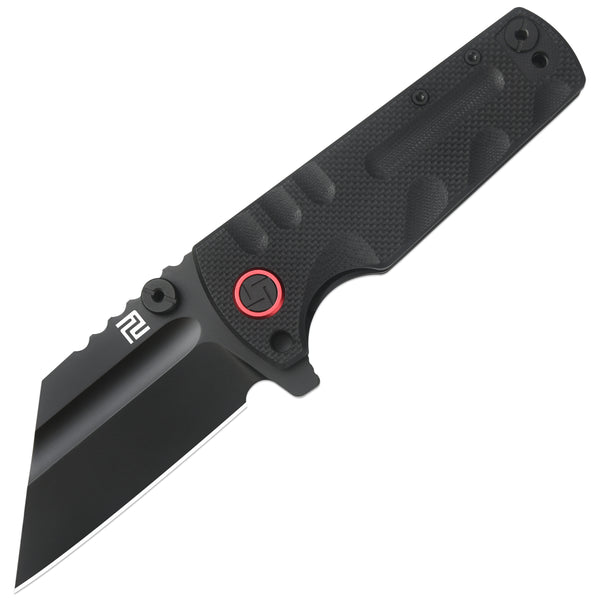When it comes to maintaining your pocket knife, regular cleaning, sharpening, and lubrication are essential to ensure its longevity and performance. In this article, we will explore some easy and effective tips for keeping your pocket knife in top condition.

Cleaning Your Pocket Knife
One of the most important aspects of pocket knife maintenance is keeping it clean. Over time, dirt, grime, and moisture can build up on the blade and handle, leading to corrosion and decreased functionality. To clean your pocket knife, start by wiping down the blade and handle with a soft, dry cloth to remove any surface debris. For more stubborn dirt and residue, you can use a mild soap and water solution, being sure to dry the knife thoroughly afterwards to prevent any moisture-related damage.
Sharpening Your Pocket Knife
Keeping your pocket knife sharp is crucial for its effectiveness. There are various methods for sharpening a pocket knife, including using a sharpening stone, a honing rod, or a pull-through sharpener. Whichever method you choose, it's important to maintain a consistent angle and apply even pressure to the blade to achieve a sharp edge. Regular sharpening will not only improve the cutting performance of your pocket knife but also extend its lifespan.
Lubricating Your Pocket Knife
Applying lubricant to your pocket knife is another key aspect of maintenance. A high-quality, lightweight oil or lubricant can help prevent corrosion, reduce friction, and protect the moving parts of the knife. After cleaning your pocket knife, apply a small amount of lubricant to the pivot point, blade, and any other moving components. Be sure to wipe away any excess oil to avoid attracting dirt and debris.
Storage and Usage Tips
In addition to cleaning, sharpening, and lubricating your pocket knife, there are some storage and usage tips that can help maintain its condition. When not in use, store your pocket knife in a dry environment, away from moisture and extreme temperatures. Avoid using your knife for tasks it wasn't designed for, as this can lead to premature wear and damage. Lastly, always handle your pocket knife with care and respect, as proper usage can also contribute to its longevity.
By following these simple maintenance tips, you can ensure that your pocket knife remains in optimal condition for years to come. Regular cleaning, sharpening, and lubrication will not only preserve the functionality of your knife but also enhance your overall experience with it. Remember, a well-maintained pocket knife is a reliable tool and a valuable asset for any outdoor enthusiast or everyday carry user.




